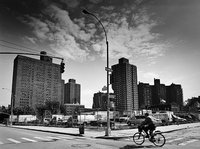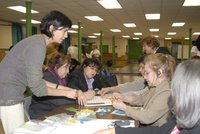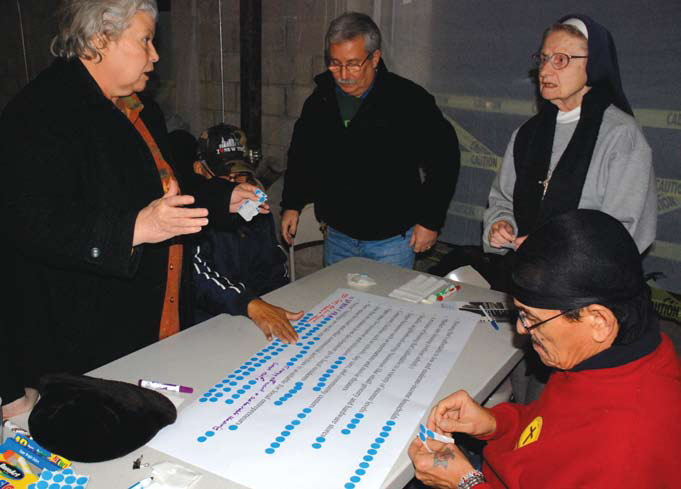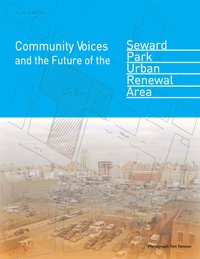
SPURA Matters was an initiative in 2008–2009 facilitated by several non-profit community organizations that wished to renew a community conversation about how the city-owned Seward Park Urban Renewal Area (SPURA) site in Lower Manhattan could be developed in a way that benefits the surrounding neighborhood. Pratt Center assisted local stakeholders in creating exercises and conducting visioning sessions to address the development of the site.

During 1950’s and 1960’s, an urban renewal project near the foot of the Williamsburg Bridge on Manhattan's Lower East Side displaced thousands of low-income tenants. While the city built affordable housing on some of the cleared parcels in the Seward Park Urban Renewal Area (SPURA), several large blocks went undeveloped. In 2009, parking lots occupied the undeveloped zone of SPURA along Delancey Street, even while the Lower East Side, where the typical household earned $37,000 a year, urgently needed more affordable housing.


During fall of 2009 the community organizing group Good Old Lower East Side (GOLES) and the neighborhood history project City Lore convened Lower East Side residents and other stakeholders in a series of four visioning sessions designed to generate discussion about the site's future, the neighborhood's needs, and the place of affordable housing in an area that has seen an influx of higher-income new residents alongside largely poor families. Pratt Center Planner Paula Crespo developed and facilitated the workshops while GOLES presented participants' input to the City agencies that control the land, making the case for development that brings benefits to a wide range of residents in the neighborhood.
SPURA Matters and findings from the community engagement process are outlined in the report “Community Voices and the Future of the Seward Park Urban Renewal Area,” which was created as a tool for local stakeholders to use in their advocacy efforts to redevelop the SPURA site. This report represents a strong consensus to do something with the site that could be beneficial to broad segments of the Lower East Side community.
